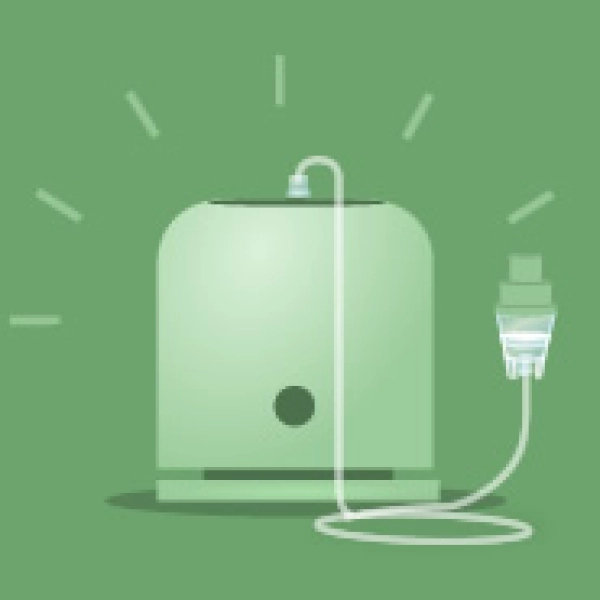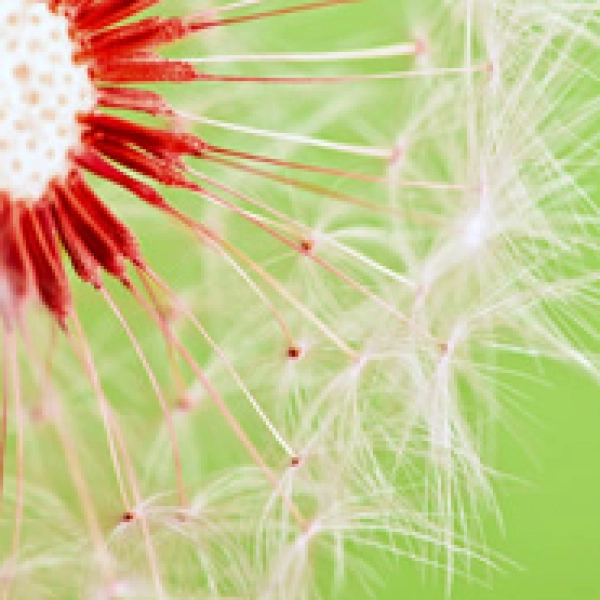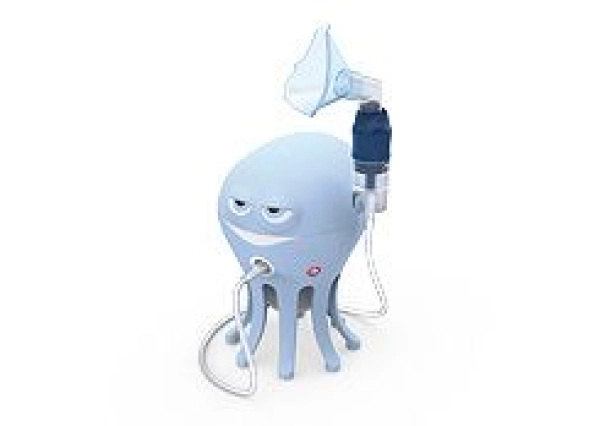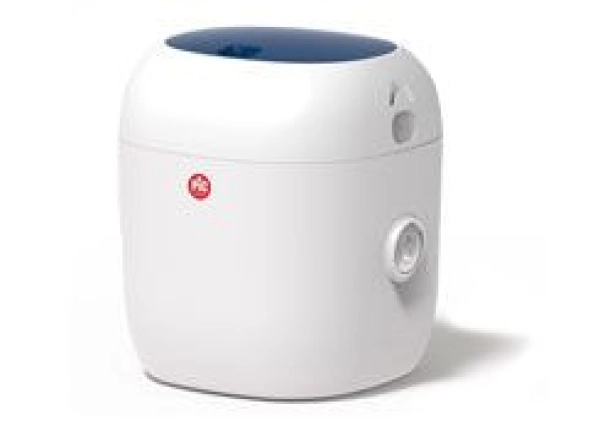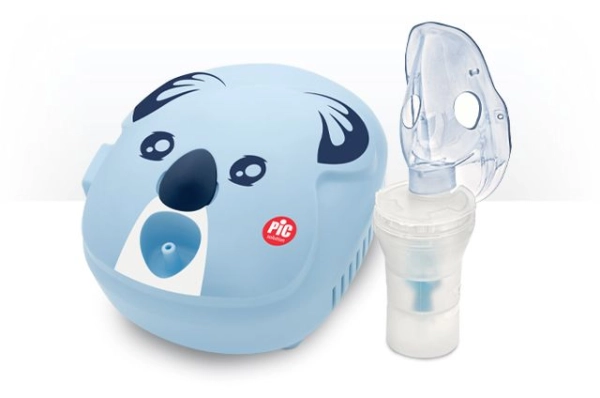

Nasal irrigation products based on isotonic or hypertonic saline are available in any pharmacy. Isotonic solutions are mainly used to prevent diseases and for the regular hygiene of nasal cavities, while hypertonic solutions are better suited as part of a broader therapy against colds of excessive phlegm in the airways. The difference is all in the concentration of dissolved salts: in isotonic solutions the percentage of sodium chloride is similar to the one naturally occurring in the cells in our body, around 0.9%, while in hypertonic solutions the percentage is higher, around 3%.
As we mentioned, there are two types of over-the-counter saline solutions: isotonic and hypertonic. The former can be used continuously, while the latter should be first recommended for nasal hygiene directly by your doctor or your child's paediatrician. The higher percentage of sodium chloride allows for a deeper cleanse, offering real relief to anyone suffering from nasal congestion.
Saline solutions for nasal irrigation in adults and children are available on the market both as sprays and in vials. Spray bottles, compared to single-dose vials, can be easier and faster to use.
Nasal hygiene requires delicate practices in babies up to one year old. That is why the market offers products such as nasal aspirators: devices designed to free even our youngest kids from mucus, as an alternative to saline solutions.
If you are interested in Eastern religions, you probably know that the nasal hygiene products available at the pharmacy today all descend from Jala Neti, a nasal hygiene technique with a millenary history in India. Usually, warm water is poured from a pot into one nostril using a straw or a nozzle. If carried out properly, the saline solution will come out the other nostril, with a constant water flow that purifies the airways.
